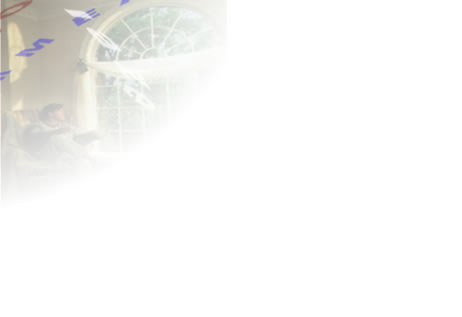

 |
|||
 |
|||
| CASE
STUDY TWO : UPGRADING
GLAZING FOR PERSONNEL SAFTEY |
|
| Project type: RAF Museum, Hendon | Film type: Single-Ply and Multi-Laminate Clear Safety Film |
Breaking glass can be a hazard to life and limb. If an accident occurs in a factory or public building, the glazing can become a danger to all staff and visitors Many building owners are protecting against risk and having their glazing covered with Madico Protekt window film. A recent example is the RAF Museum, Hendon, North London, where almost 2,700m² of glazing have been treated with a clear safety film. In accordance with the DOE Security Facilities/SSG's guidelines for security grade anti shatter film, 195-micron film was specified for the external windows of the museum's main building and Wings Restaurant, and internal glazing over 3m² in area. In addition, glass on display cabinets inside the museum has been treated with Protekt to upgrade its performance to the requirements of Health, Safety and welfare Regulation 14. If a visitor to the museum accidentally falls or runs into a glass unit treated with Protekt, it will break safety and remain intact. This lessens the like hood of anyone being cut by glass. |
|
The
195-micron film used at the museum is made up of multiple layers of
clear laminated polyester. The laminated composition gives the film
its ability to absorb the kind of high-energy forces typically caused
by an explosion. A 100-micron single-ply film was selected for the glass
on the display cabinets. |
The CL400XSR 100-mircon film has been independently tested and met the requirements of BS6206: 1981 Class B classification and hence complies with Regulation 14. Both films used at Hendon incorporate the madico scratch resistant coating. |